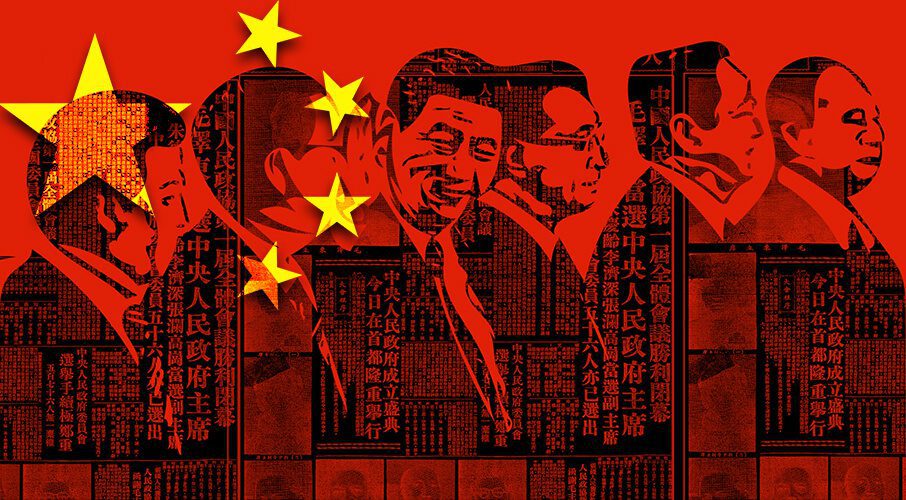This article originally appeared in the Financial Post. Below is an excerpt from the article.
By Philip Cross, August 17, 2023
The Bank of China unexpectedly slashed interest rates this week as economic growth in China continues to sputter, despite the lifting of its zero-COVID policy late last year, which had been expected to provide a much-needed boost. Exports in July were down 14.5 per cent from a year ago, with steep drops to all the major industrial nations only partly offset by gains in the small Russian market. Growth in China was also hampered by further declines in housing after a long boom, reflecting that “property bubbles rarely end well” as The Economist warned China in June (something Canadians are coming to understand).
The warning signals about China’s economic growth have been flashing red for some time. Its debt-to-GDP ratio doubled after the 2008 global financial crisis, reaching nearly 300 per cent according to BIS data, an unusually high level for an emerging market economy. Total factor productivity, the basic measure of an economy’s ability to innovate, has collapsed from annual growth of over three per cent in the early 2000s to below zero since 2014. Meanwhile, China’s share of global foreign direct investment flows has fallen from over 15 per cent in the early 2000s to just five per cent in 2021, as some U.S. companies repatriate supply lines while others avoid China’s increasingly inhospitable climate for technology investment.
The structural defects in China’s economic growth are important for the global economy, especially demand for natural resources, including those Ottawa still allows Canadian producers to export. The slowdown in recent years also has great symbolic importance, contradicting as it does China’s claim that its version of a state-managed economy is a better alternative for other emerging nations than the western world’s reliance on free markets.
***TO READ THE FULL ARTICLE, VISIT THE FINANCIAL POST HERE***






